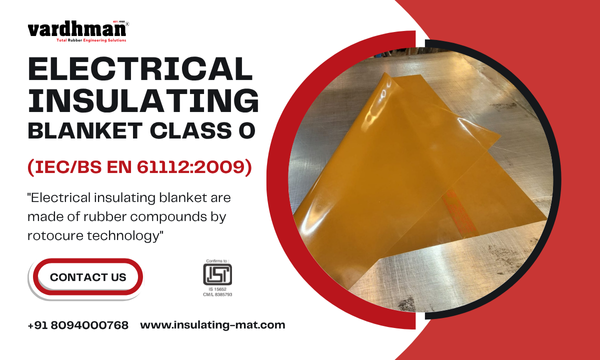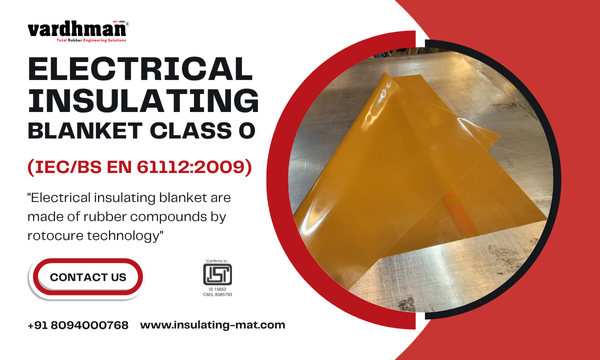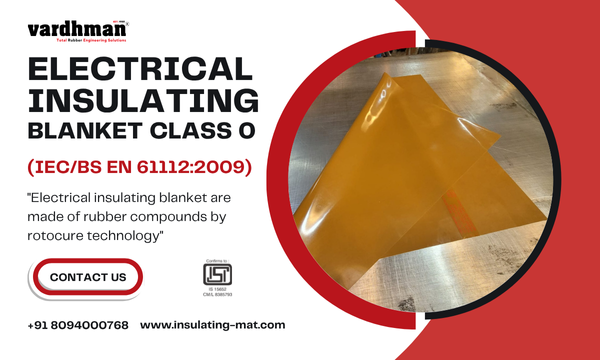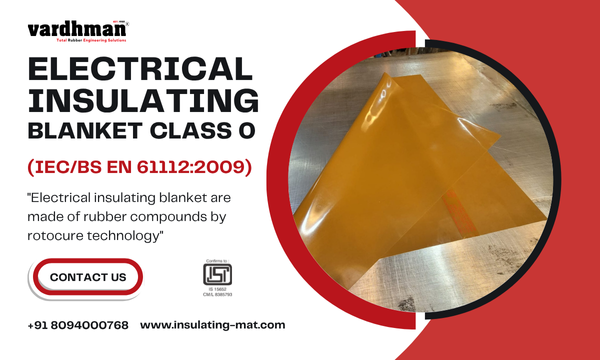
Regular electrical safety audits are essential for maintaining a safe work environment and ensuring compliance with regulations. This comprehensive guide will walk you through the entire audit process.
Pre-Audit Preparation
1. Assemble Your Audit Team
- Licensed electrical engineer or qualified electrician
- Safety officer or EHS manager
- Facility maintenance representative
- Department supervisors from key areas
2. Gather Documentation
- Electrical single-line diagrams
- Previous audit reports
- Incident and near-miss reports
- Maintenance records
- Equipment specifications and manuals
- Safety equipment inventory
3. Review Applicable Standards
- OSHA 1910 Subpart S (Electrical)
- NFPA 70 (National Electrical Code)
- NFPA 70E (Electrical Safety in the Workplace)
- Local electrical codes
- Industry-specific regulations
Phase 1: Documentation Review
Electrical Installation Records
Verify the following documentation exists and is current:
- As-built electrical drawings
- Load calculations and panel schedules
- Equipment ratings and specifications
- Inspection and testing certificates
- Modification records
Safety Procedures and Policies
- Lockout/tagout (LOTO) procedures
- Arc flash risk assessment
- Hot work permits
- PPE requirements and selection
- Emergency response procedures
- Training records and certifications
Phase 2: Physical Inspection
Electrical Rooms and Panels
Inspect all electrical distribution areas:
- Access and Clearance:
- Minimum working clearances maintained (NFPA 70)
- No storage or obstructions
- Proper lighting (minimum 50 foot-candles)
- Clear access paths and exits
- Panel Labeling:
- Arc flash warning labels present
- Panel schedules current and accurate
- Voltage and hazard warnings visible
- Equipment identification clear
- Physical Condition:
- Panel doors and covers secure
- No signs of overheating or arcing
- Breakers properly rated
- No damaged or missing components
Insulating Mats and Safety Equipment
Thoroughly inspect all electrical safety equipment:
- Insulating Mats:
- Proper voltage class for location
- Complete coverage of work area
- No cuts, punctures, or damage
- Clean and free from contamination
- Testing dates current (within 12 months)
- Proper storage when not in use
- Other Safety Equipment:
- Insulated tools in good condition
- Voltage detectors calibrated
- PPE available and appropriate
- First aid and emergency equipment accessible
Electrical Equipment Inspection
- Motors and Machinery:
- Proper grounding and bonding
- Disconnects properly rated and accessible
- Guarding adequate
- Cords and cables in good condition
- Extension Cords and Temporary Power:
- GFCI protection where required
- Proper gauge for load
- No damage or modifications
- Not used as permanent wiring
- Grounding and Bonding:
- Grounding electrodes present and adequate
- Equipment grounding conductors connected
- Bonding jumpers installed where needed
- Ground resistance within acceptable range
Phase 3: Testing and Measurements
Electrical Testing
Conduct appropriate electrical tests:
- Ground Resistance Testing:
- Test grounding electrode system
- Verify readings below 25 ohms (or as specified)
- Document all measurements
- GFCI Testing:
- Test all GFCI devices
- Verify trip times within specification
- Check test and reset functions
- Insulation Resistance:
- Test major equipment and feeders
- Compare to baseline readings
- Investigate significant changes
- Thermographic Inspection:
- Scan energized equipment for hot spots
- Identify loose connections
- Detect overloaded circuits
Arc Flash Analysis
- Calculate incident energy levels
- Determine arc flash boundaries
- Establish PPE requirements
- Update labels as needed
Phase 4: Interviews and Observations
Employee Interviews
Discuss electrical safety with workers:
- Understanding of procedures
- Training adequacy and frequency
- Safety concerns or near-misses
- Availability of proper tools and equipment
- Suggestions for improvement
Work Practice Observations
- Proper use of LOTO procedures
- Correct PPE selection and usage
- Safe work distances maintained
- Use of appropriate tools
- Housekeeping practices
Phase 5: Findings and Recommendations
Categorize Findings
Classify issues by severity:
- Critical: Immediate hazard, requires urgent correction
- Major: Significant risk, correct within 30 days
- Minor: Lower risk, correct within 90 days
- Observation: Best practice recommendation
Common Audit Findings
- Missing or inadequate insulating mats
- Overcrowded electrical panels
- Missing or outdated arc flash labels
- Inadequate working clearances
- Improper use of extension cords
- Insufficient training documentation
- Missing or damaged panel covers
- Inadequate PPE availability
Creating the Audit Report
Report Structure
- Executive Summary: Key findings and urgent actions
- Methodology: Scope, standards, and procedures used
- Findings: Detailed description of each issue
- Recommendations: Specific corrective actions
- Supporting Documentation: Photos, test results, diagrams
- Action Plan: Timeline and responsibilities
Documentation Best Practices
- Use clear, factual language
- Include photographs of conditions
- Reference specific code violations
- Provide practical solutions
- Prioritize recommendations
- Estimate costs where possible
Post-Audit Actions
Immediate Actions
- Address critical safety hazards immediately
- De-energize dangerous equipment if necessary
- Implement temporary protective measures
- Notify affected personnel
Corrective Action Plan
- Assign responsibility for each item
- Establish realistic completion dates
- Allocate necessary resources
- Track progress regularly
- Verify completion and effectiveness
Follow-Up Verification
- Inspect completed corrections
- Test repaired or replaced equipment
- Update documentation
- Close out audit findings
- Document lessons learned
Continuous Improvement
Trending and Analysis
- Compare results to previous audits
- Identify recurring issues
- Analyze root causes
- Measure improvement over time
Program Updates
- Revise procedures based on findings
- Update training programs
- Enhance preventive maintenance
- Improve documentation systems
Audit Frequency Recommendations
- High-risk facilities: Annually
- Standard facilities: Every 2-3 years
- After major changes: Within 6 months
- Following serious incident: Immediately
Checklist for Success
- ✓ Qualified audit team assembled
- ✓ All documentation reviewed
- ✓ Complete facility walkthrough conducted
- ✓ Appropriate testing performed
- ✓ Employees interviewed
- ✓ Findings properly categorized
- ✓ Comprehensive report prepared
- ✓ Action plan developed and communicated
- ✓ Follow-up verification scheduled
Conclusion
A thorough electrical safety audit is an investment in your facility's safety and compliance. By following this systematic approach, you can identify hazards before they cause incidents, ensure regulatory compliance, and create a culture of electrical safety. Remember that the audit is not the end goal—it's the foundation for continuous improvement in electrical safety performance.




